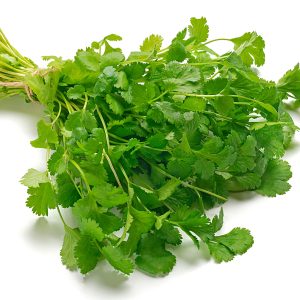Seasons/Availability
Chives are available year-round.
Selection
When selecting chives, look for bright green leafy stems with no blemishes or brown spots. The leaves should be firm and crisp to the touch. Avoid any bunches that are wilted or have yellowing leaves as this indicates age.
Storage
Chive can be stored in a plastic bag in the refrigerator for up to two weeks. If the chives become limp, they can be placed in cold water to rehydrate them. After soaking, pat them dry with paper towels before storing again in the refrigerator. Chives can also be frozen for longer-term storage but this will affect their flavor and texture when cooked. They can also be dried and powdered and used in seasoning blends.
Preparing/Serving Suggestions
Chives are a very versatile ingredient and can be used in a wide range of dishes to add flavor, texture, and color. They are most commonly used as an aromatic garnish on top of salads, soups, sandwiches, eggs, potatoes, meats and fish. Chive blossoms can also be added to salads for a pretty pop of color. In addition to being eaten fresh, chives can also be cooked or sautéed in butter or oil to bring out their flavor. They can also be added at the end of cooking to maintain their crunchy texture. When using chive leaves it is best to chop them finely so that they disperse evenly throughout the dish. Chives should always be added at the end of the cooking process to ensure that their flavor and color are not lost.
Nutritional Value
Chives are a good source of vitamin C, magnesium, iron, calcium, potassium and dietary fiber. They also contain trace amounts of other vitamins and minerals such as Vitamin A, B-complex vitamins, phosphorus and zinc. Furthermore, chives have antioxidant properties which can help protect against oxidative damage caused by free radicals.





